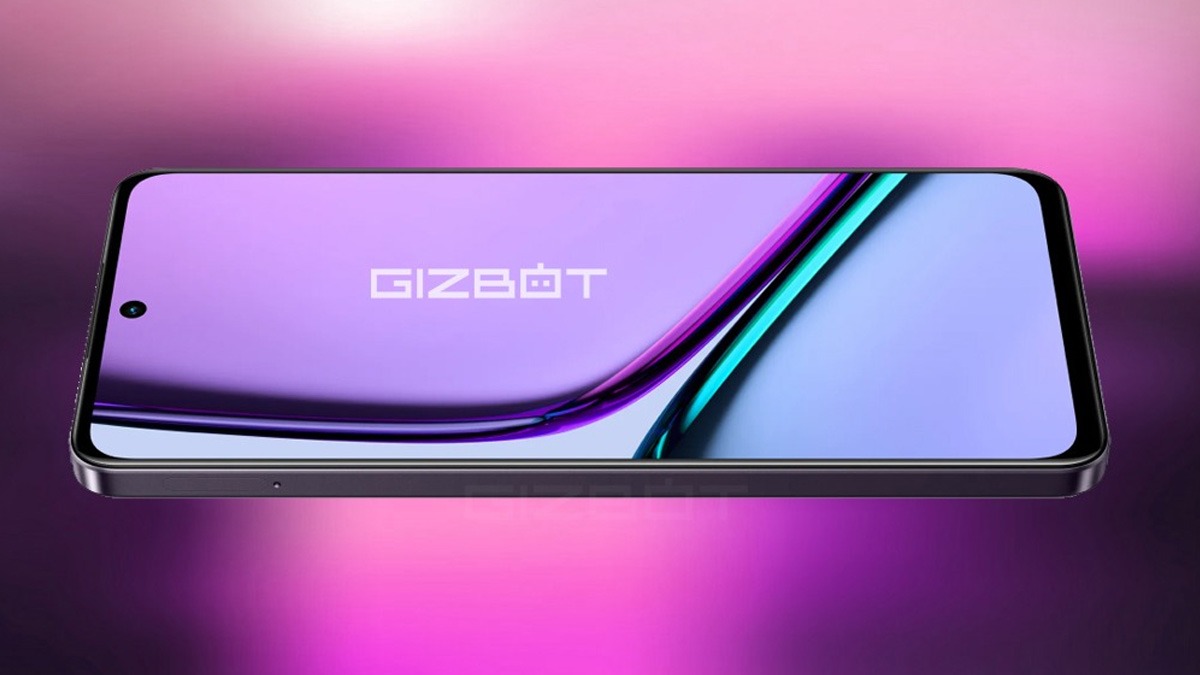Just In
- 3 hrs ago

- 5 hrs ago

- 5 hrs ago

- 7 hrs ago

Don't Miss
- Sports
 DC vs GT IPL 2024: Rishabh Pant, Axar Patel star as Delhi Capitals beat Gujarat Titans by 4 runs in yet another high-scoring thriller
DC vs GT IPL 2024: Rishabh Pant, Axar Patel star as Delhi Capitals beat Gujarat Titans by 4 runs in yet another high-scoring thriller - Movies
 Kota Factory 3 OTT Release Date, Platform: When Will Jitendra Kumar Web Series Premiere On Netflix?
Kota Factory 3 OTT Release Date, Platform: When Will Jitendra Kumar Web Series Premiere On Netflix? - News
 Irish Travelers Cautioned Amid Canary Islands Protest Against Tourism
Irish Travelers Cautioned Amid Canary Islands Protest Against Tourism - Lifestyle
 Backless Dress: 7 Tips For Choosing Perfect Bra For Backless Outfits And Turn Heads Wherever You Go
Backless Dress: 7 Tips For Choosing Perfect Bra For Backless Outfits And Turn Heads Wherever You Go - Travel
 Escape to Kalimpong, Gangtok, and Darjeeling with IRCTC's Tour Package; Check Itinerary
Escape to Kalimpong, Gangtok, and Darjeeling with IRCTC's Tour Package; Check Itinerary - Finance
 DCB Bank Q4 Results: PAT Grew 9% To Rs 156 Cr, NII Jumps 4.5%; Dividend Declared
DCB Bank Q4 Results: PAT Grew 9% To Rs 156 Cr, NII Jumps 4.5%; Dividend Declared - Education
 MP Board Class 10th, 12th Results 2024, Know Alternative Ways to Check Your Result
MP Board Class 10th, 12th Results 2024, Know Alternative Ways to Check Your Result - Automobiles
 Aston Martin Vantage Launched In India At Rs 3.99 Crore
Aston Martin Vantage Launched In India At Rs 3.99 Crore
New Type of Glass Could Double your Smartphone's Battery Life
Researchers have discovered a new type of glass material that may be used as an electrode in lithium-ion batteries to almost double a smartphone's battery life. A material discovered by ETH Zurich researchers led by Dr Semih Afyon and Reinhard Nesper may have the potential to double battery capacity.
Researchers are using the Vanadate-borate glass as a cathode material. It is made of vanadium oxide (V2O5) and lithium-borate (LiBO2) precursors, and was coated with reduced graphite oxide (RGO) to enhance the electrode properties of the material. They used a vanadium-based compound because vanadium is a transition metal with various oxidation states, which can be exploited to reach higher capacities.

To produce the cathode material, Afyon and his colleagues blended powdered vanadium pentoxide with borate compounds. "Borate is a glass former; that's why the borate compounds were used, and the resulting glass compound is a new kind of material, neither V2O5 nor LiBO2 at the end," the researcher said. The scientists melted the powder at 900 degrees Celsius and cooled the melt as quickly as possible to form glass.
The resulting paper-thin sheets were then crushed into a powder before use, as this increases their surface area and creates pore space. "One major advantage of vanadate-borate glass is that it is simple and inexpensive to manufacture," said Afyon. This is expected to increase the chance of finding an industrial application.

Recommended: Top 10 Best Budget Smartphones to Buy Under Rs 7,000
To produce an efficient electrode, the researcher coated the vanadate-borate powder with reduced graphite oxide (RGO). This increases conductivity while at the same time protecting the electrode particles. One battery with an RGO-coated vanadate-borate glass electrode exhibited an energy density of around 1000 watt-hours per kilogramme. It achieved a discharge capacity that far exceeded 300 mAh/g.
Initially, this figure even reached 400 mAh/g, but dropped over the course of the charge/discharge cycles. "This would be enough energy to power a mobile phone between 1.5 and two times longer than today's lithium-ion batteries," Afyon said. The research was published in the journal Scientific Reports.
Source: PTI
Recommended: Top 10 Best smartphones with EMI Offers to buy this Festival Season
-
99,999
-
1,29,999
-
69,999
-
41,999
-
64,999
-
99,999
-
29,999
-
63,999
-
39,999
-
1,56,900
-
79,900
-
1,39,900
-
1,29,900
-
65,900
-
1,56,900
-
1,30,990
-
76,990
-
16,499
-
30,700
-
12,999
-
11,999
-
16,026
-
14,248
-
14,466
-
26,634
-
18,800
-
62,425
-
1,15,909
-
93,635
-
75,804












































